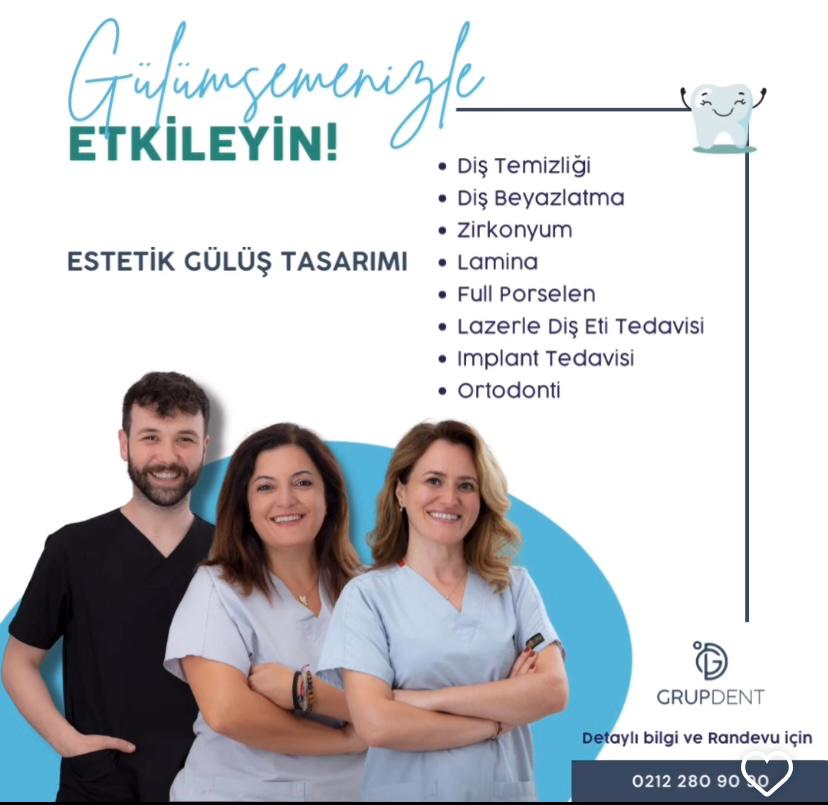
In the last decade, social media has become an indispensable reference in every aspect of daily life. We use social media efficiently at any time of the day to catch up on trending clothes, cafes and restaurants, travel destinations, current news, and developments. Of course, this change has also made a significant contribution to the field of health. It has become very practical to reach doctors who are specialized in a specific area, to be informed about current treatment methods, and to access healthy living guides.
In this process, one of the biggest and most important achievements in the field of aesthetics was the sharing of before-after (B&A) photos. Witnessing how dramatic changes the procedures have made attracts the attention of even those who do not intend to have any aesthetic intervention. As a plastic surgeon, I have to say that I enjoy looking at the B&A photos; however, I would like to touch on a few details about the B&A posts in the field of breast aesthetics. Maybe after that, you can evaluate the photos from a different point of view.
The most critical point in any B&A photo comparison is that these photos were taken in nearly identical conditions. The photo taken under the same conditions will give you the most accurate information about the actual size of the change. Shots made after plays of light, different clothes, or make-up are more likely to be misleading.
The most common question about the B&A breast surgery photos that I share on my social media is whether an implant is used or not, and if it is, the volume of the implant. Following these questions, the most frequently asked questions are where the implant is placed (under the muscle / above the muscle), whether it is a teardrop or a round shape. While this information is guiding for followers, it is also sometimes misleading. For example, someone who likes the result of a breast augmentation procedure performed with a 300-cc volume implant may insist on using an implant with the same volume, as she thinks that if the same implant is used, she will get the same result. However, there are many points to be considered before the implant volume. The height, weight, breast width, shape of the rib cage, skin thickness, and quality of the person seen in the pictures are the factors that directly affect the choice of implant. If you place the implant you have chosen for a tall and thin person on a shorter person with a different rib cage structure, you will get quite different results. That’s why I like to share the implant volume; so that I can show that the desired result can be achieved with a volume that sounds small.
Another problem is that the patient is wearing a bra or bikini in the “after” photos. A breast that has not been operated on can be perceived very differently than with a bra or any dress. When the existing asymmetries, the gap between the two breasts, and the scars are camouflaged, the patient’s expectations from his surgery may become unrealistic. After pictures taken with bra or clothes on after a breast lift or reduction do not provide information about the real result. Likewise, it is very difficult to predict how droopy the breast will look when naked while looking at a picture taken in clothes. On the other hand, the breast is an entity that should be evaluated together with clothing. The main motivation for breast surgery is to have a beautiful chest when wearing a dress with a decollate or a bikini. The main source of the dilemma here is that most people think that the breast will look the same both in clothes and naked. Therefore, it is necessary to pay attention to these points when examining B&A photos.
The last point I would like to mention is how long after the operation the posts were shared. In the early postoperative period, the very upright breast image especially due to edema, becomes more natural within months as a result of the subsiding edema and the effect of gravity. In people who prefer large-volume implants, more advanced sagging may develop in time and even the need for revision may arise. For this reason, B&A photos showing long-term results are very valuable in terms of guiding the patient correctly.
Dr. Isil Akgun Demir
instagram: dr.isilakgundemir


